Yuichi Yamashita
Murine AI excels at cats and cheese: Structural differences between human and mouse neurons and their implementation in generative AIs
Oct 28, 2024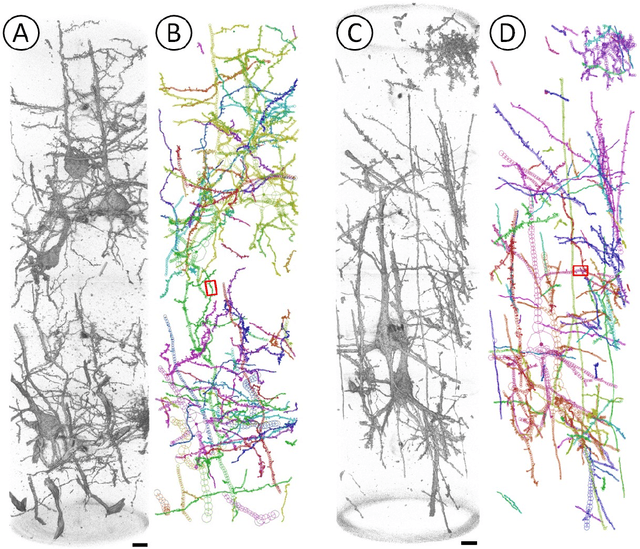
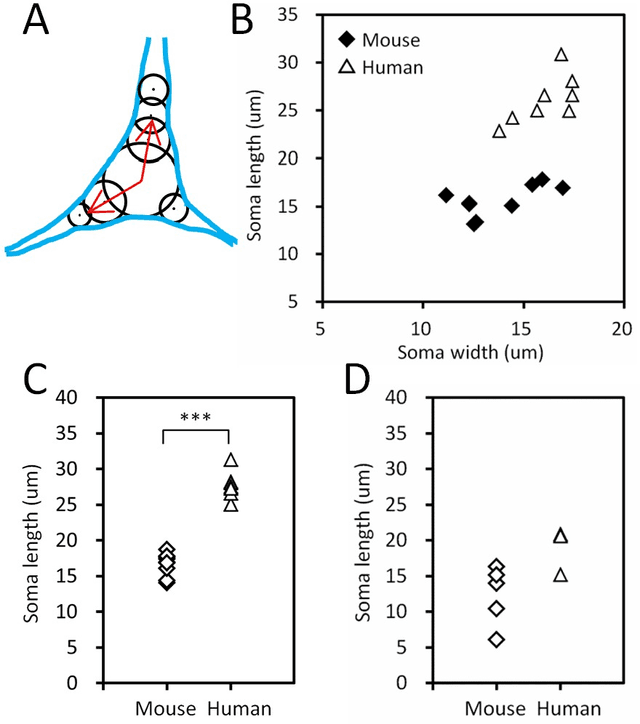
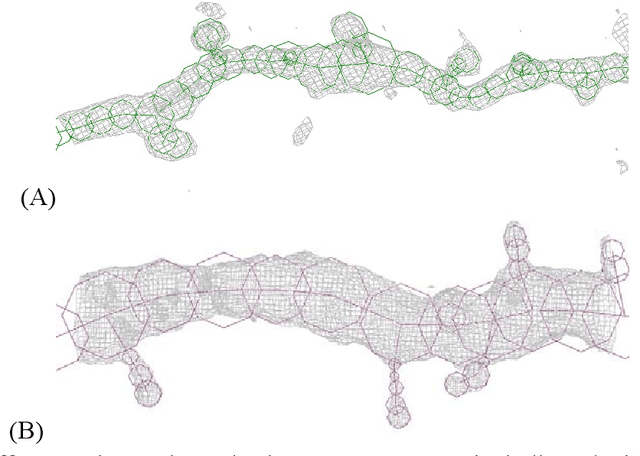
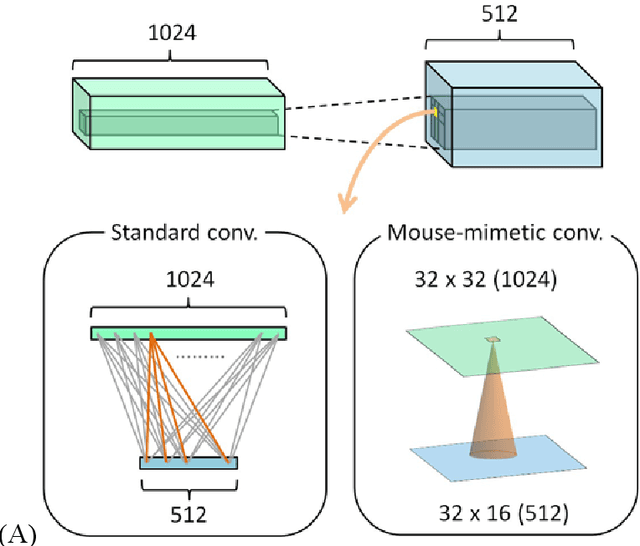
Abstract:Mouse and human brains have different functions that depend on their neuronal networks. In this study, we analyzed nanometer-scale three-dimensional structures of brain tissues of the mouse medial prefrontal cortex and compared them with structures of the human anterior cingulate cortex. The obtained results indicated that mouse neuronal somata are smaller and neurites are thinner than those of human neurons. These structural features allow mouse neurons to be integrated in the limited space of the brain, though thin neurites should suppress distal connections according to cable theory. We implemented this mouse-mimetic constraint in convolutional layers of a generative adversarial network (GAN) and a denoising diffusion implicit model (DDIM), which were then subjected to image generation tasks using photo datasets of cat faces, cheese, human faces, and birds. The mouse-mimetic GAN outperformed a standard GAN in the image generation task using the cat faces and cheese photo datasets, but underperformed for human faces and birds. The mouse-mimetic DDIM gave similar results, suggesting that the nature of the datasets affected the results. Analyses of the four datasets indicated differences in their image entropy, which should influence the number of parameters required for image generation. The preferences of the mouse-mimetic AIs coincided with the impressions commonly associated with mice. The relationship between the neuronal network and brain function should be investigated by implementing other biological findings in artificial neural networks.
Sensory attenuation develops as a result of sensorimotor experience
Dec 01, 2021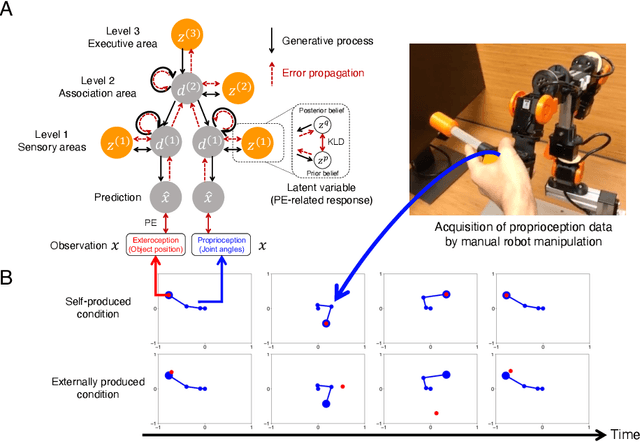
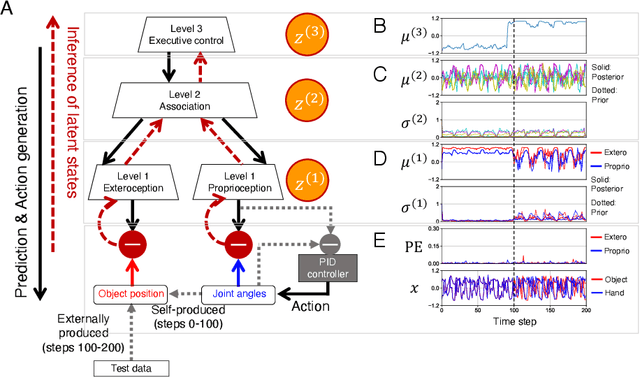
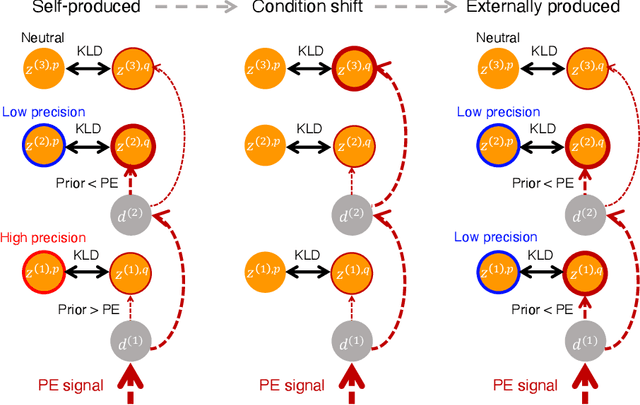
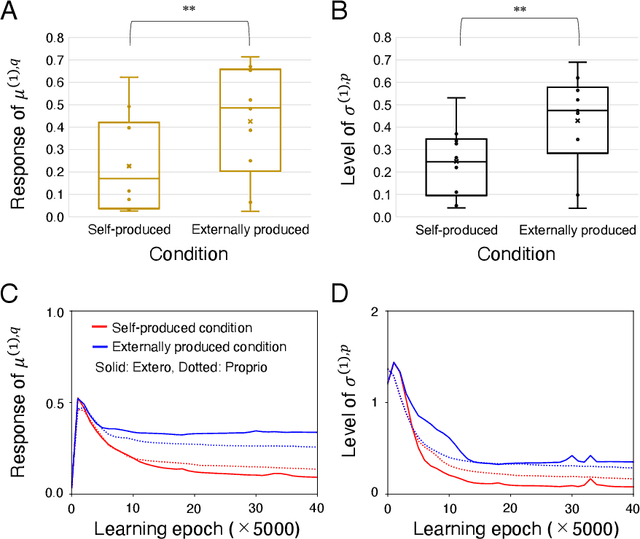
Abstract:The brain attenuates its responses to self-produced exteroceptions (e.g., we cannot tickle ourselves). Is this phenomenon, known as sensory attenuation, enabled innately, or is it acquired through learning? For decades, theoretical and biological studies have suggested related neural functions of sensory attenuation, such as an efference copy of the motor command and neuromodulation; however, the developmental aspect of sensory attenuation remains unexamined. Here, our simulation study using a recurrent neural network, operated according to a computational principle called free-energy minimization, shows that sensory attenuation can be developed as a free-energy state in the network through learning of two distinct types of sensorimotor patterns, characterized by self-produced or externally produced exteroceptive feedback. Simulation of the network, consisting of sensory (proprioceptive and exteroceptive), association, and executive areas, showed that shifts between these two types of sensorimotor patterns triggered transitions from one free-energy state to another in the network. Consequently, this induced shifts between attenuating and amplifying responses in the sensory areas. Furthermore, the executive area, proactively adjusted the precision of the prediction in lower levels while being modulated by the bottom-up sensory prediction error signal in minimizing the free-energy, thereby serving as an information hub in generating the observed shifts. We also found that innate alterations in modulation of sensory-information flow induced some characteristics analogous to schizophrenia and autism spectrum disorder. This study provides a novel perspective on neural mechanisms underlying emergence of perceptual phenomena and psychiatric disorders.
A Review on Neural Network Models of Schizophrenia and Autism Spectrum Disorder
Jun 24, 2019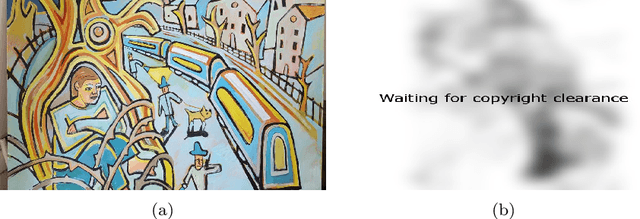
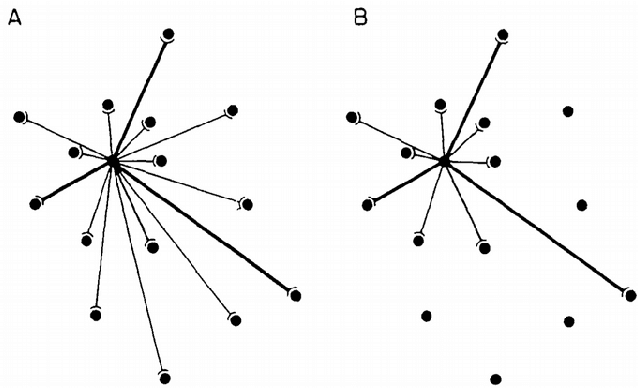
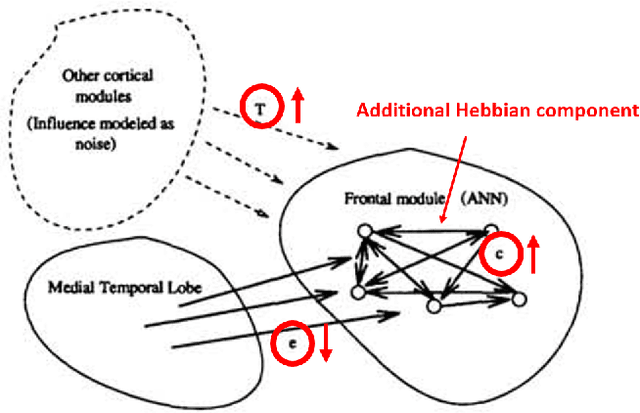
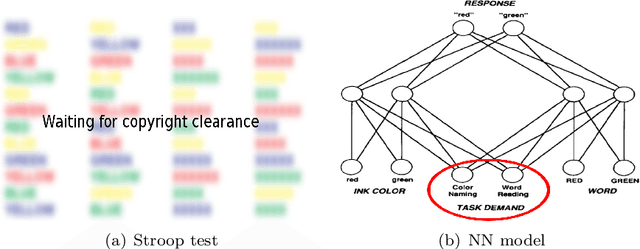
Abstract:This survey presents the most relevant neural network models of autism spectrum disorder and schizophrenia, from the first connectionist models to recent deep network architectures. We analyzed and compared the most representative symptoms with its neural model counterpart, detailing the alteration introduced in the network that generates each of the symptoms, and identifying their strengths and weaknesses. For completeness we additionally cross-compared Bayesian and free-energy approaches. Models of schizophrenia mainly focused on hallucinations and delusional thoughts using neural disconnections or inhibitory imbalance as the predominating alteration. Models of autism rather focused on perceptual difficulties, mainly excessive attention to environment details, implemented as excessive inhibitory connections or increased sensory precision. We found an excessive tight view of the psychopathologies around one specific and simplified effect, usually constrained to the technical idiosyncrasy of the network used. Recent theories and evidence on sensorimotor integration and body perception combined with modern neural network architectures offer a broader and novel spectrum to approach these psychopathologies, outlining the future research on neural networks computational psychiatry, a powerful asset for understanding the inner processes of the human brain.
 Add to Chrome
Add to Chrome Add to Firefox
Add to Firefox Add to Edge
Add to Edge